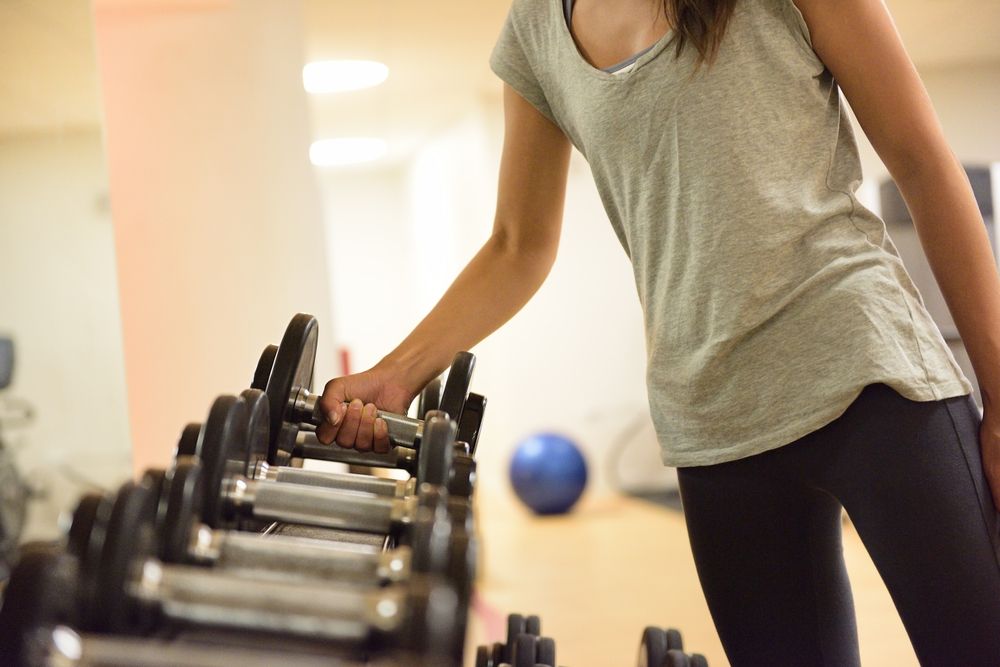How Exercise Can Support Your Cancer Recovery
Exercise. You know it’s good for you. It helps keep you limber, reduces stress, improves mood and self-confidence, sharpens memory and helps to keep you healthy and in good shape.
What you may not know, is that exercise is also a great way to support your recovery during treatment. Recent studies have examined the link between exercise and cancer. A Roswell Park study strongly supports that physically active women have a lower risk of developing cervical cancer than inactive women. The American Cancer Society recently reported that exercise, when approved by your doctor, is likely to improve how well you function physically as well as improve your quality of life.
In addition to building strength, endurance and flexibility, exercise contributes to most people’s well-being. Regular exercise reduces feelings of fatigue and increases feelings of hope. Research supports direct links between a physically active lifestyle and positive physiological changes in many different types of cancer survivors including improvement in quality of life and general emotional well-being.
“Exercise is important for everyone. Sometimes simply going out for a walk, taking in the scenery and breathing fresh air will make a person feel better,” says Patricia Simonson, Associate Executive Director at the Jewish Community Center of Greater Buffalo. As director of Health, Fitness and Recreation for 26 years at the JCC as well as a long-time teacher of Administrative Dimensions of Health and Wellness at Canisius College in Buffalo, NY, Simonson has spent a good deal of her professional life helping people feel and get better through exercise programs. Recently, she became interested in research that clearly documents positive relationships between fitness programs and recovery programs for cancer and diabetes patients.
“Enhancing the quality of life is the goal of any well-designed program,” says Simonson. “Exercise should be fun to encourage continuity and there should be many options available to meet different needs and interests. Group exercise classes such as yoga, Pilates, Zumba, Tai Chi and higher intensity activities can get people moving with the support of others. For those looking for guided exercise, working with a certified personal trainer/lifestyle coach who works with their clients’ physician can provide an exercise program specific to each individual’s goals.”
As with all exercise, you’re most likely to be successful if you commit to a program that fits your unique lifestyle. If you already practiced an exercise routine before treatment, you may want to return gradually to that routine. If you didn’t exercise before treatment, consider these options:
- Always consult your doctor before beginning an exercise program.
- Start slowly and increase activity gradually and carefully.
- Listen to your body. If it says stop or take a break, do so. The same goes for the amount of time you exercise. Remember – it’s just as beneficial to do three 10-minute sessions as it is to do one 30-minute session of exercise.
- Set reasonable goals and schedule times and days for exercise. If you’re someone who enjoys quiet, solitary time, schedule a time of day when you can take a walk, run or do stretching. If you prefer exercising in a group setting with others, choose a class that will motivate you to attend regularly.
- Try to include exercises that use large muscle groups, such as those that target thighs, abdomen, chest and back. If you aren’t experienced with these types of exercises, consider working with a personal trainer who can help you design a routine that will help you make your exercise count.
- Make exercise an enjoyable activity, rather than a chore. Remember that walking, dancing, yoga, and tai chi, are all activities that get you moving, keep you moving, help you smile and improve your health.
- Keep yourself motivated! It’s human nature to start off strong with exercise goals, but then taper off. Gyms typically sell memberships with the expectation that only 18 percent of people will actually use them. Maintain a consistent exercise schedule by finding a fitness buddy or asking friends and family to exercise with you – you’ll be helping them improve their health as well!
- Stay Safe. Check with your doctor and refrain from exercise if you experience any of the following:
- Low red blood cell count
- Weakness, loss of balance, or falling
- Develop new pain or pain that gets worse
- Headaches or dizziness
- Blurred vision, new numbness, or tingling in arms or legs
No gym? No excuse! These two exercises target large muscle groups and can be done anywhere, any time. Consider investing in resistance bands - an inexpensive way to begin a strength training program. Available in a variety of sizes, lengths, and strengths, they are easily stored, and can be easily packed for travel.
Remember!
Consult with your physician before starting any new workout regimen to inquire about any necessary precautions or limitations.
Front Squat (with resistance band)
Stand on band with feet slightly wider than shoulder width. Holding a handle in each hand, bring the top of the band over each shoulder. (If it's too long, secure band in place by crossing your arms at your chest.) Sit straight down, chest up, abs firm, pressing knees out over your toes. Rise back up to start position and repeat, working your way up to 8 to 12 reps.
Barre3 Push-Pulls (works abs, arms, & back)
Start in a plank position with hands on a countertop or the back of a sofa, arms straight, feet back about two feet and heels lifted. Bend elbows and lower to a push-up. Lift chest to a small back bend as you straighten your elbows again. Reach hips back so arms are straight and chest is parallel to floor. Lift heels and roll up to start position to complete one rep. Work up to 10 reps, listening to your body as a guide. Tip: Keep core firm and press palms firmly down when in straight arm plank and in the narrow push-up.
